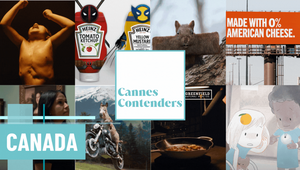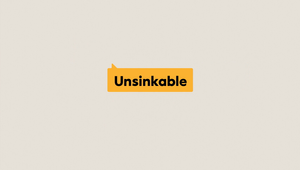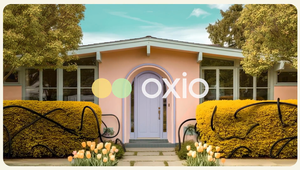
Decode the Super Bowl with Bill Chamness

Ah, the Super Bowl. The ad professional’s least favourite favourite day.
When not wildly swerving between raging jealousy and toe-curling cringe, I always try to zoom out and see the patterns.
What we see on the screen reflects our lives: our values, beliefs and behaviours. And can be a barometer for where culture is headed.
The best spots tapped into a deep insight that reflects a cultural truth, and then demonstrate how the product enables it. A “cheat code” formula to relevance. Easier said than done.
Here are three cultural movements that I saw percolating on Sunday (from the US feed):
Take me on an Odd-yssey
Corona, WeatherTech, Tubi and Nissan Armada spots are perfect examples of our culture’s renewed focus on getting out their ruts and into thrilling experiences. We live in a world exhausted by rationality and austerity with so few unexplored paths, surreal journeys and otherworldly adventures will scratch our escapism itch. We call this movement “Odd-yssey”, and brands should buckle up for a wild ride because in a world weary of logic, it's the bizarre and extraordinary that will win. It’s time for brands to embrace the weird to revive our sense of wonder.
Get Unglossed
Ritz. Poise and Taco Bell spots showed us brands coming out from behind their flawless facades. We call this movement “Unglossed,” and it's really about embracing imperfections as a means to connect and bond. Putting flaws front and center to help us relate to each other in a more authentic way. It's our culture pushing back against the exhaustion of impossible standards, and the general tedium of perfection. Canadians are embracing all things messy, tangled and unfiltered—and refusing to apologize for it. Aspirational culture is…less aspirational, while imperfections and shortcomings are the new currency. Brands that recognize this shift towards genuine-unpolished experiences create raw and honest connections.
Mood Giesting for the Win
Coffee Mate, Haagen Dazs, and Nerds broke through because they tap into the age-old idea that a product can transform you…just in a fresh and novel way. Novel because the transformations were prompted by the fact that the “vibes were off.” Today, our relationships with products have fundamentally changed. How a product makes you “feel” is no longer a byproduct; it’s the main selling point. “Mood Giesting” shows us that a brand’s ability to modulate and manage mood isn’t just a perk, for many it’s the main attraction.
Odd-ysseys, Unglossed and Mood Geisting are just three examples of how culture shifts can be an asset for brands. Our task is, and has always been, to find what makes customers tick, and to artfully insert our clients into that story. Advertising isn’t art, but it should feel like it. In 2025, let’s focus less on chasing current trends and more on creating original content and movements that people will naturally want to talk about.
To learn more about how culture can be a powerful driver for your marketing, and business, follow TBWA Backslash or dig into our annual Cultural Intelligence Report called EDGES, where you’ll find these and 40+ cultural “cheat codes” for business.















